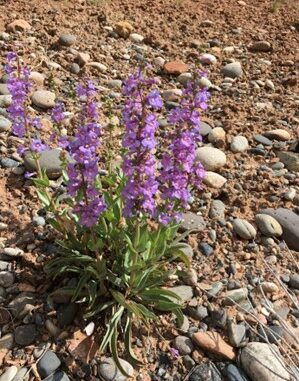
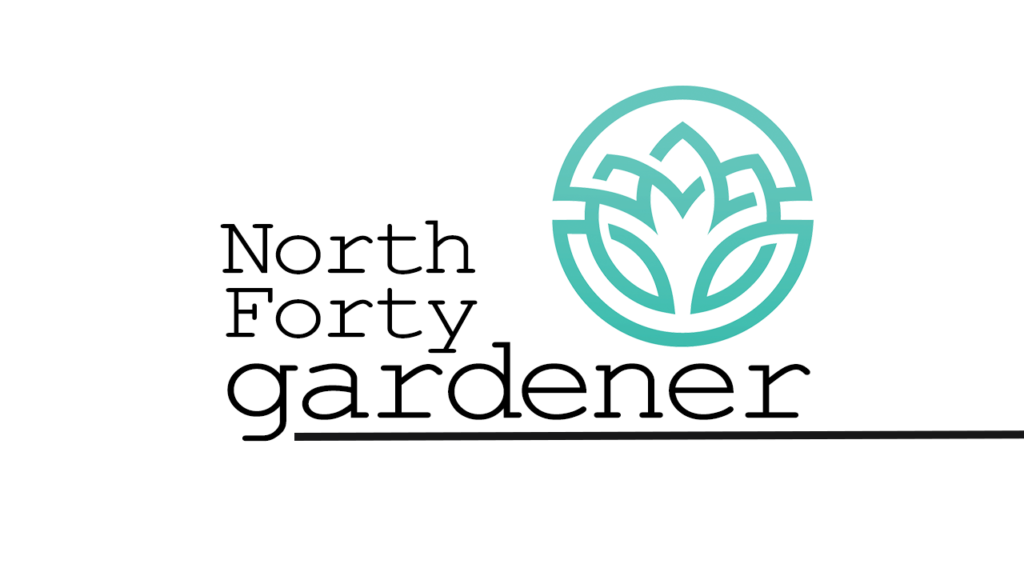
By Bryan Fischer, Curator of Plant Collections and Horticulturist
This is the second time I’ve written about mulch in six weeks. And, it’s not because mulch is exciting, it’s because I cannot shout it loud or fast enough: your mulch choices are as important as your plant choices in success with ornamental gardens. Don’t assume that one mulch fits all, or that all mulch is good mulch.
Mulch broadly comes in three types: organic (originating as a living thing, like shredded leaves, pine needles, or arborist chip mulch), inorganic (like pea gravel, squeegee, and expanded shale), and garbage (like rubber mulch, which doesn’t count as organic unless on geologic time). In our region, a couple of pieces of information are best taken into account when choosing which class of mulch to use, including your general garden/plant palette type and surrounding environment and fire concerns.
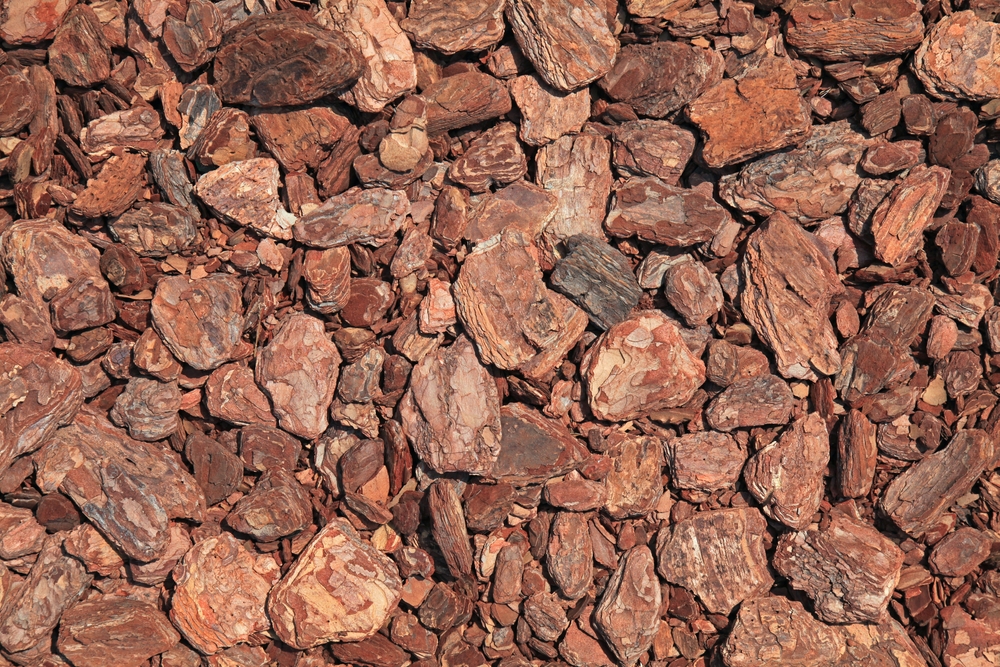
Arborist chip mulch (also called wood mulch) remains the standard across the country as far as mulches go, and with good reasons: it is effective in insulating roots and increasing soil organic matter, and dramatically reduces water losses and weed pressure. It’s also free and can be acquired by calling an arborist directly or via third-party websites. Apply 2 inches deep in perennial beds and somewhat deeper in woody plant beds and tree rings for best results. Since wood mulch should never be tilled into your soil, use shredded leaves in its place where frequently tilled beds need an organic mulch, like vegetable gardens and annual beds. They will till without risking soil pathogen development and without upsetting your soil’s carbon-to-nitrogen ratio for very long. Pine needles (pine straw) make an excellent organic mulch, too, and contrary to rumor will very rarely reduce soil pH.
For gardens in fire-prone areas and gardens growing waterwise, xeric, and most native plant material, inorganic mulches make a far better choice. Rock and similar mulches, including squeegee (unscreened pea gravel), pea gravel, expanded shale, etc., are totally fireproof, assuming they get a periodic leaf-blower cleanup. They also excel at keeping plant crowns dry and soil temperatures warmer in our shoulder seasons, reducing rot and speeding the growth of transplants and marginally hardy plant material so often from the desert southwest. Each year, I watch well-designed gardens go in that flourish for a brief period and then subsequently languish because they are mulched with organic mulch to which their plant palette is intolerant; switching said gardens to a 2-inch mulch of pea gravel corrects the problem in less than a season. Inorganic mulches suppress weeds almost as well as organic mulches.
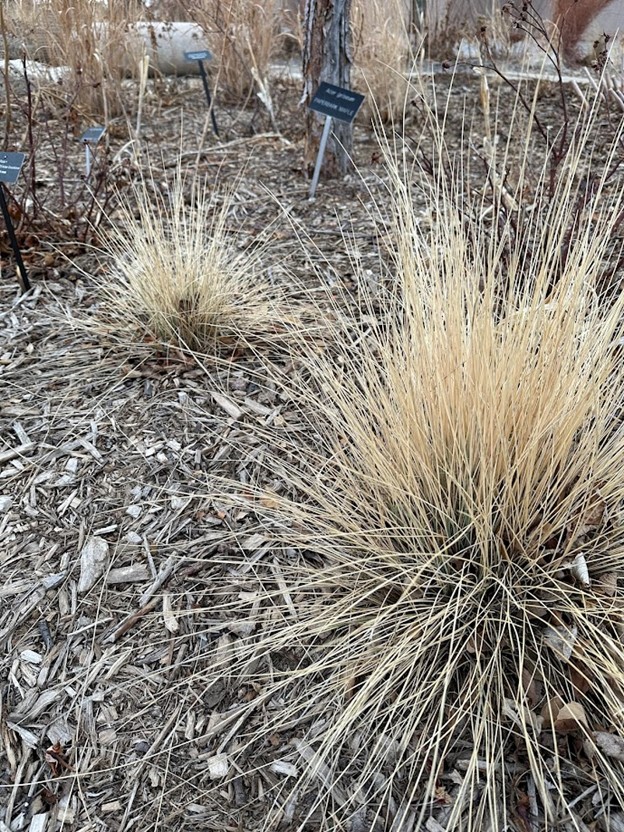
Whatever you choose to use, don’t use trash. Rubber mulches are among the most flammable mulches around – more so than almost all organic mulches, including wood mulch. In an era where microplastics might be the new lead, it’s not a cute look, either. Avoid treating your recycling like trash, too; cardboard mulches were recently found to have concerning levels of PCB’s (forever chemicals).
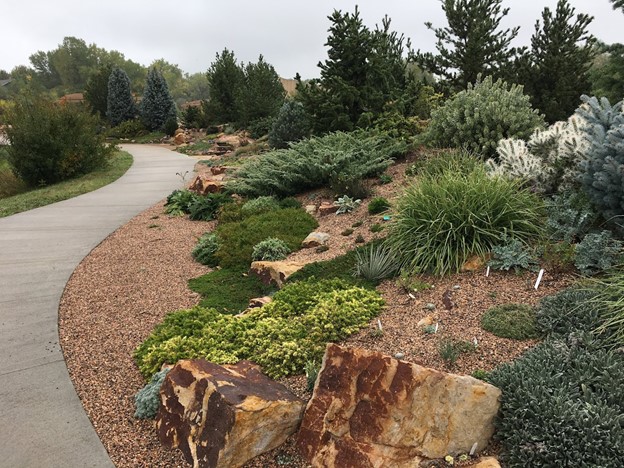
And, remember – if you really aren’t sure what to use, consider that many plants grow in nature without any sort of mulch, especially in the West. A mulch-free garden will be more work for you in weeding and watering but many plants will grow just fine, and native bees love the open dirt since many need the stuff for nesting sites. So, there really is no wrong answer – except spreading big industry’s leftovers on your hard-earned garden soil.
Support Northern Colorado Journalism
Show your support for North Forty News by helping us produce more content. It's a kind and simple gesture that will help us continue to bring more content to you.
BONUS - Donors get a link in their receipt to sign up for our once-per-week instant text messaging alert. Get your e-copy of North Forty News the moment it is released!
Click to Donate
